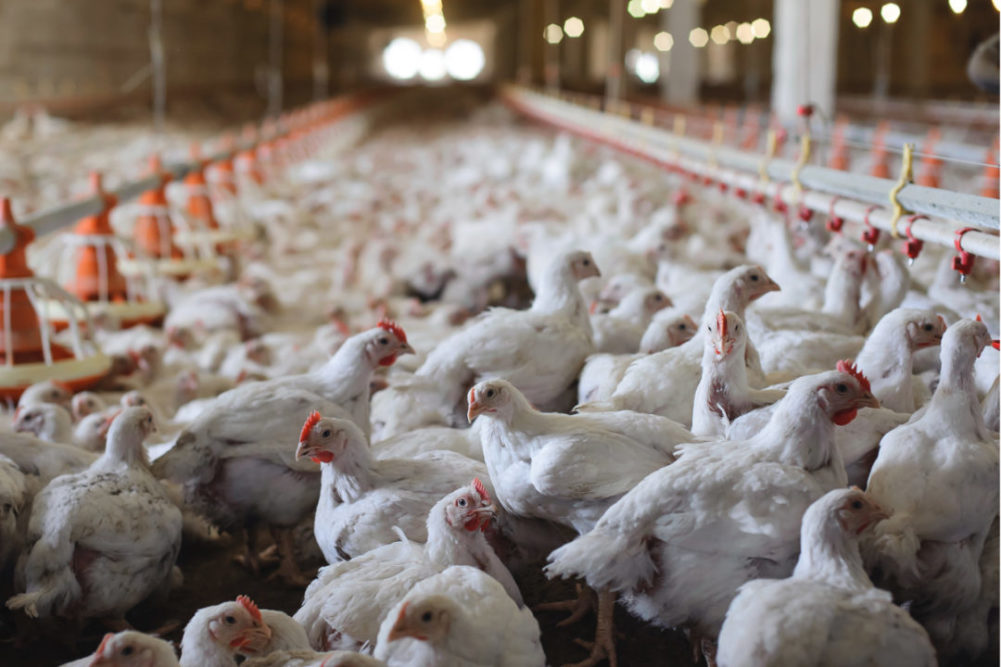UTRECHT, NETHERLANDS – The outlook for the global poultry trade is flying high on economic recoveries in the Americas and Europe, but COVID-19 continues to cast a shadow of uncertainty over some regions, Rabobank said in its latest “ “ “Poultry Quarterly Q4” outlook report.
Market conditions for the global poultry industry have significantly improved with most major regions performing at break-even levels or swinging to profitable conditions. Gradual improvements in foodservice performance are driving further increases in trade volumes. Additionally, strong demand and tight supplies of poultry, along with relatively flat – but high – feed prices have contributed to strong market conditions for the global poultry industry.
Rabobank expects feed prices to remain relatively flat, with some increase in wheat prices due to weaker availability from the European Union and Russia.
“Soymeal prices have been dropping due to rationalizing of demand and a more oil-focused approach among crushers,” according to the report.
“Going forward, the return of wet weather – after a year of dryness – in main producer Brazil will be key, as September should see the start of soybean plantings,” the report continued. “A possible return of La Niña conditions in Q4 could mean further dryness ahead. Meanwhile, in the US, investors are eagerly awaiting soy and corn harvest results.”
Another factor impacting the outlook for the global poultry industry is the Delta strain of COVID-19 which is challenging Southeast Asia. And in Europe, rising supplies of poultry are stirring up oversupply concerns.
“The wild card for the outlook remains COVID-19,” said Nan-Dirk Mulder, senior analyst – Animal Protein at Rabobank. “Depending on how it develops, COVID-19 could shake up markets and supply discipline in some more fragile places, like Europe and Southeast Asia.”
Rabobank expects the global poultry supply to stay relatively tight in many regions due to labor challenges. The United States, Europe and Asia are especially seeing impacts on production due to labor shortages.
“There are significant challenges with labor availability at plants all over the world due to tight COVID-19 health requirements and immigrant laborers returning home,” the report said. “Solving this issue will be a key topic for many producers. Furthermore, ongoing AI risks and high feed prices are impacting supply worldwide.”
Trade issues also remain a concern, according to Rabobank. Global trade improved during the second quarter of 2021, with trade volumes reaching historical highs. Brazil and the United States have benefited the most from strong trade. But additional wild cards include avian influenza, COVID-19 developments, labor and container availability. But avian influenza outbreaks in Europe, Russia and Ukraine have weighed on exports of poultry. Imports of poultry to China have slowed, and AI continues to disrupt trade flows, Rabobank said.
“In terms of market outlook, we expect strong demand for the remainder of 2021, despite these trade issues. Most markets are operating under tight supply conditions with improved foodservice demand. This will maintain strong trade flows,” Mulder said. “The container availability issue could potentially restrict poultry trade volumes later in the year. If so, it will be an upward factor for prices.”
The full report is available here.



